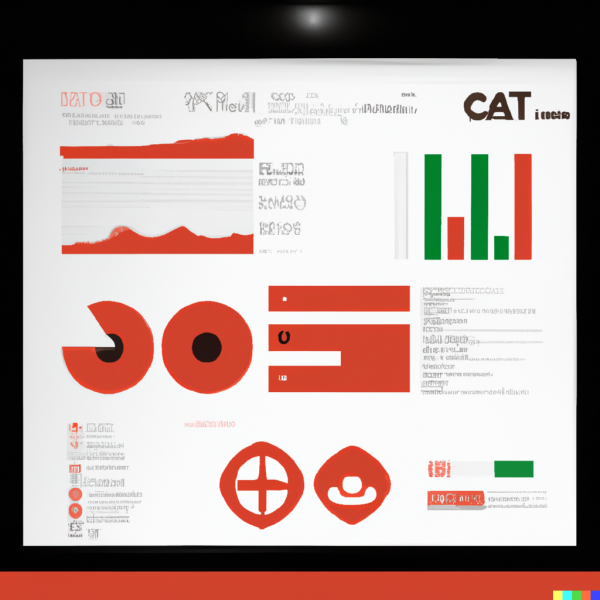It wasn't that long ago that starting a contact center was an expensive and Capital intensive endeavor. From securing real estate, hardware, and technology such as the ACD, WFM, etc. to even figuring out how to recruit, hire, train and retain employees at scale can be a daunting task. For decades Contact Center Outsourcers and BPOs have enjoyed the benefits of these barriers to entry for the contact center novice or companies without the assets to get started. Additionally, you usually hire a BPO so that you can focus on your core business and they can focus on theirs, which is to cost effectively operate contact centers like yours. Part of your outsourcer's charter should be to keep your business at the forefront of technology and innovation to make you more competitive in the market and ultimately more profitable. Yet, in recent years most outsources have failed to embrace emerging technology and tools that could enhance your customer experience and lower your total cost of service. As such, we believe that the end of outsourcing or offshoring customer interactions to the lowest cost provider is ever drawing nigh.
YOUR CONTACT CENTER OUTSOURCER COULD BE SAVING YOU MONEY RIGHT NOW, BUT THEY CAN'T TRANSFORM THEIR OWN BUSINESS IN ORDER TRANSFORM YOURS.
“I do expect cognitive and robotic automation projects to lead to some job loss... The offshore business process outsourcing industry is likely to be the hardest hit. If you can outsource a process to people thousands of miles away, you can probably automate it.”
— Davenport, Thomas H.. The AI Advantage (Management on the Cutting Edge) (p. 42). The MIT Press.
An AI and Digital First Approach
Your customers want choice in the method by which they contact you. Voice and email are no longer the only game in town. While customer interactions have evolved in recent years to include bespoke mobile apps and in some cases, poorly designed chatbots, most consumers no longer want another app to download. Instead, they would rather just text, chat or WhatsApp with your company. Not only do many of your customers prefer digital, but they're also less expensive to deliver than voice. Furthermore, with the rise of Conversational AI, many of the interactions that you're paying your BPO to handle with live agents today could be easily automated through any digital channel, including voice.So what's the problem? For starters, your BPO likely lacks the "Omnichannel" technology and AI know-how to enable these new approaches. However, the bigger issue is the potential revenue impact to the outsourcer. Moving customers to an AI and Digital first approach means that you would no longer need as many live agents handling those interactions.If a BPO went to all of their clients with an automation and digital first plan, it could cut their revenue by 25% or more almost over night.Now think about that for a moment. Your outsourcing partner could likely be serving both your's and your customers interests better, but their too saddled with their legacy baggage and margin requirements to do so.
Aging Investments Will Continue to Age
For a traditional BPO to deliver on these new customer centric capabilities requires walking away from most everything they've ever known and invested in. They're saddled with aging infrastructure soaking up space in both their data centers, and their balance sheets.Those legacy technology assets are depreciated over multiple years and, that depreciation has to be baked into their pricing to you, else they take a loss. That means with each agent hour that you pay for, you're also paying for investments that your BPO made years ago, therefore artificially inflating your current cost of service. Not to mention, many are still paying for real estate that's sitting empty right now. Those costs get passed along to you as well.Further implementing AI Self Service technologies means an immediate reduction to their agent count and revenue.
A Kodak Moment
The rise and fall of Kodak is one of the most storied lessons of what happens to a company when they fail to embrace a market transition.Kodak, a company that defined itself as being in the film business, actually invented the Digital Camera, only to be undone by competitors in the market.Steve Sasson, the Kodak engineer who invented the first digital camera in 1975, characterized the initial corporate response to his invention this way:
“But it was filmless photography, so management’s reaction was, ‘that’s cute—but don’t tell anyone about it.’
— The New York Times (5/2/2008)
George Fisher, Kodak's former CEO captured the core issue when he told the New York Times that Kodak "regarded digital photography as the enemy, an evil juggernaut that would kill the chemical-based film and paper business that fueled Kodak’s sales and profits for decades." (The New York Times (12/25/1999)As we know, Digital Cameras provide a better customer experience and lower cost of service to consumers than film did, but Kodak buried Digital because it was going to cannibalize their core business. Kodak filed for Chapter 11 bankruptcy in January of 2012.Whenever I speak with a BPO about the opportunity of Conversational AI and moving voice interactions to digital channels, such as SMS and Chat, I hear a similar sense of denial to that of the Kodak executives.What Kodak's myopic view miscalculated, was that Digital Photography ushered in an entirely new industry of related products and services that expanded the photography market. From on-demand printing to photo editing software and cloud storage, the companies that embraced the trend flourished and created entirely new lines of business. Those that did not, ultimately suffered the same fate of the dinosaurs.It's counterintuitive to aggressively cannibalize ones own customer base, but the outcome is healthier and more profitable clients (like you). Had Kodak thought of themselves as a photography company instead of a film company, their outcome could have been much different.With Xaqt's Conversational Service Automation along with our Inflection CX live agent outsourcing offerings, such a transformation is already happening in the BPO space, and it's critical you align with those that are embracing that change to bring new innovative services to your business and customers.
Questions to Ask When Evaluating Your Call Center Outsourcer
If you're considering outsourcing your contact center or are think you might be getting sandbagged by your current provider, here'a few questions to ask.
- How can I implement new digital channels, such as SMS and chat?
- What impact can Conversational Automation have on my business and Customer Experience?
- Ask for their Digital Transformation Plan and how they plan on transforming their own internal technology and processes. (Note, if they plan on building all of this "in-house", that should be a pretty big redflag)
- Discuss what impact AI will have on their business, and how they plan to stay relevant.
- How do you ensure your interests are still mutually aligned in such a way that creates mutual benefit and incentives to save you money?
The Xaqt and Inflection CX Charter
Xaqt's AI and Digital Approach enables companies to provide the customer experience possible at the lowest possible cost of service. It is now feasible to have Xaqt automate customer interactions at about 50% of the cost of outsourcing to a traditional BPO. And for companies that want a BPO provider that aligns with your interests, we have introduced Inflection CX.Inflection CX is the first truly digital and AI led contact center outsourcing service in the world. And as such, we are also one of the fastest growing.Want Help Navigating the changing tide? Reach out.




